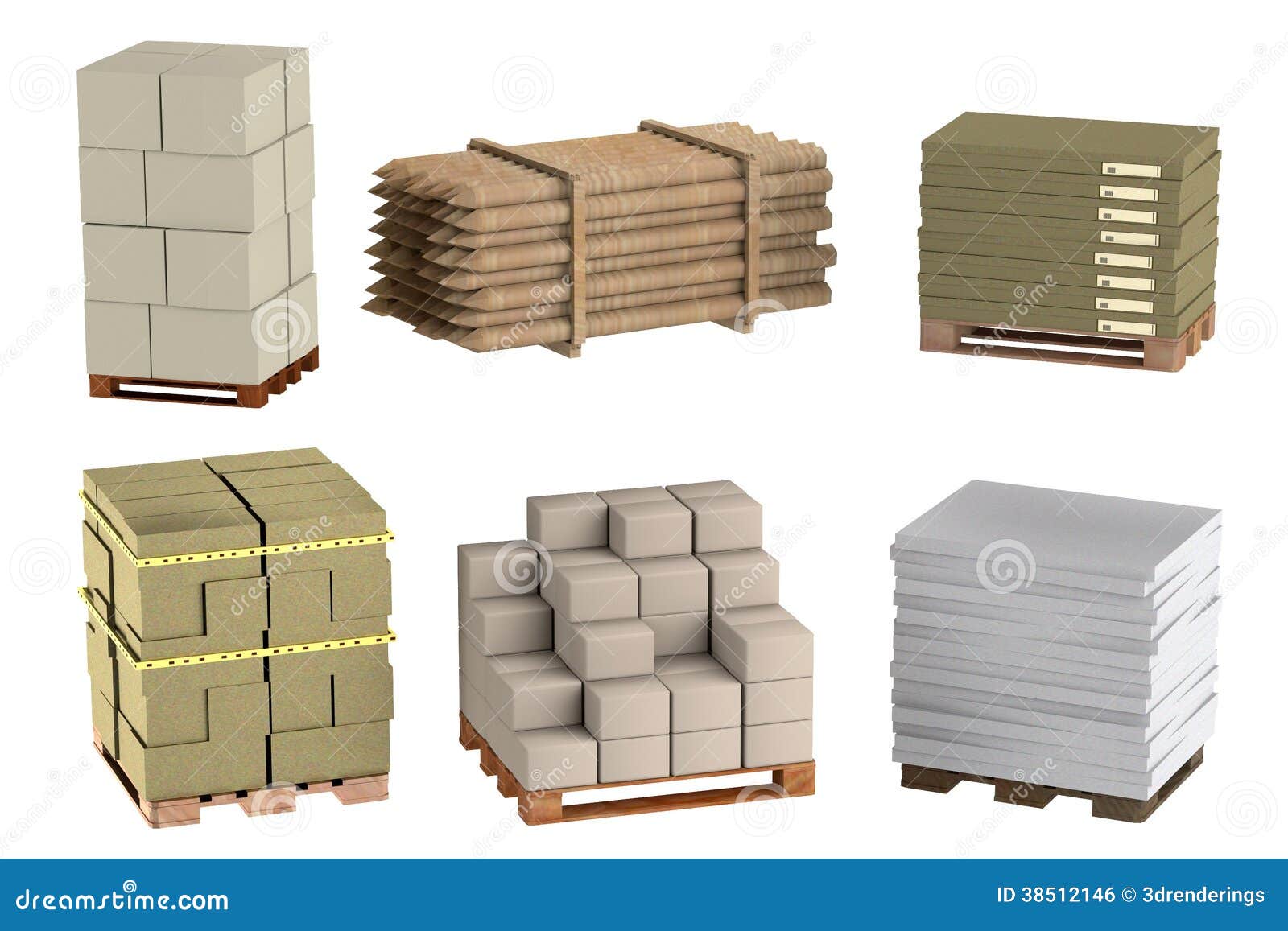Free Rendering Materials
Materials QuickStart. This page provides a step-by-step introduction to Materials in V-Ray for Revit. For example, any surfaces without an assigned material or any materials experiencing a problem will render with the Unmapped Materials Color, which is currently set to magenta. Converting a material created using a Type to the advanced editor. When working with a Type, you can at any time click the 'Convert to Advanced' button to switch the material to the advanced editor - thus revealing the full material editor.
Issue:
You would like to use the materials and bitmaps that come with the shared Autodesk Material Library to render in ART or Arnold in 3ds Max.However, when using ART, some materials appear empty in the Material Editor sample sphere slots, and if applied to objects in the scene, cause them to become invisible. If using Arnold, some of the materials do not look correct or the bitmaps appear to be missing.
Causes:
- Some materials in the Autodesk Material library (previously based on the Nvidia mental ray renderer) are not supported natively by the 3ds Max ART renderer
- Legacy map support has not been checked as 'Enabled' in the Render Setup > Arnold > System tab
- Physical Material or Arnold-specific Shaders are not being applied
Solution:
If legacy Autodesk Materials have already been applied to a 3ds Max scene, these would need to be first converted to Physical Materials using the 3ds Max Scene Converter. The Physical Material type will render in multiple 3ds Max render engines, including Scanline, ART, Arnold, mental ray (3ds Max 2018 and earlier) and 3rd-party renderers such as V-Ray.After the conversion process, if the bitmaps for these newly-converted Physical Materials do not render properly in Arnold, enable the following option in the Rendering > Render Setup menu:
- In the Render Setup dialog (F10) with Arnold as the active render engine, go to System > Render Settings > General.
- Check the 'Legacy 3ds Max Map support' option.
- The bitmaps should now display properly when rendering and within the Viewport.
Note: some browsers may convert/rename the Physical Materials.mat file into a compressed .zip file, such as 'Physical Materials.zip.' If you try to unzip this file, it may show an error saying, 'invalid .zip archive.' If you encounter this error, please rename the .zip extension to .mat, and then load that .mat file into 3ds Max.
Test image rendered in Arnold with Physical Materials converted from the shared Autodesk Material Library.
Free Rendering Materials And Textures
See Also:
Unable to render with Mental Ray in 3ds Max 2018 and more recent versionsHow to download NVIDIA Mental Ray and IRay renderers for 3ds Max 2018 and Maya 2018
Error: 'Missing Dlls' warning appears when opening 3ds Max or Mental Ray scene files
Products:
3ds Max;Use this procedure to assign materials for rendering object surfaces.
Free 3d Rendering Materials
In shaded view and rendered views, objects may display rendering materials instead of the hatch patterns that are displayed in 2D wireframe and hidden line views. The following types of rendering materials are available:
Free Rendering Materials

| Render Material Type | Description |
|---|---|
| Surface Rendering Material | Any object face that has surface hatching applied displays the hatching in the AutoCAD renderer |
| Live Section Rendering Material | All faces cut by a live section line display the live section rendering material when rendered with the AutoCAD renderer |
| Live Section Sectioned Boundary Rendering Material | All objects and object parts outside the live section line display the sectioned boundary material when rendered with the AutoCAD® renderer |
You can assign rendering materials to two different types of component:
- Object surfaces: All object surfaces that have a surface hatch applied to them can also have a rendering material assigned. If you want to assign a rendering material to an object surface, make sure that the Surface Hatch component in the material definition is turned on.
- Live section views: The Sectioned Body component of a live section view as well as the live section cut plane can have special rendering materials assigned. If you want to assign rendering materials to a live section view, make sure that the Sectioned Body component in the material definition is turned on.

Rendered live section view with transparent outside component
- Click Manage tabStyle & Display panelStyle Manager.
The Style Manager is displayed with the current drawing expanded in the tree view.
- Expand Multi-Purpose Objects, and expand Material Definitions.
- Select the material definition you want to change.
- Click the Display Properties tab.
- Select the display representation where you want the changes to appear, and verify that Style Override is checked.
The display representation in bold is the current display representation.
- If necessary, click .
- Click the Other tab.
- Select rendering materials for the individual material components:
If you want to… Then… assign a rendering material to object surfaces select a material for Render Material. Then select a mapping type for Mapping: - If you select Same as Surface Hatch, only those surfaces selected under Surface Hatch Placement are rendered.
- If you select Face Mapping, all surfaces are rendered and any hatch alignment overrides are ignored.
assign a rendering material to the cut plane of a live section view select a material for Cut Surface Render Material. assign a rendering material to the body component outside the live section line select a material for Sectioned Body Render Material. If you don’t find the correct rendering material or if you want to see a preview of the material, click the Browse button and browse for the desired material.
- Select a new rendering material, if necessary.
- Click OK.